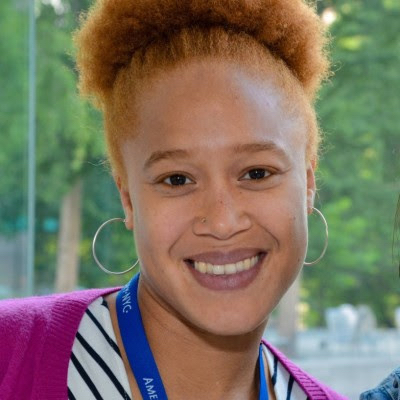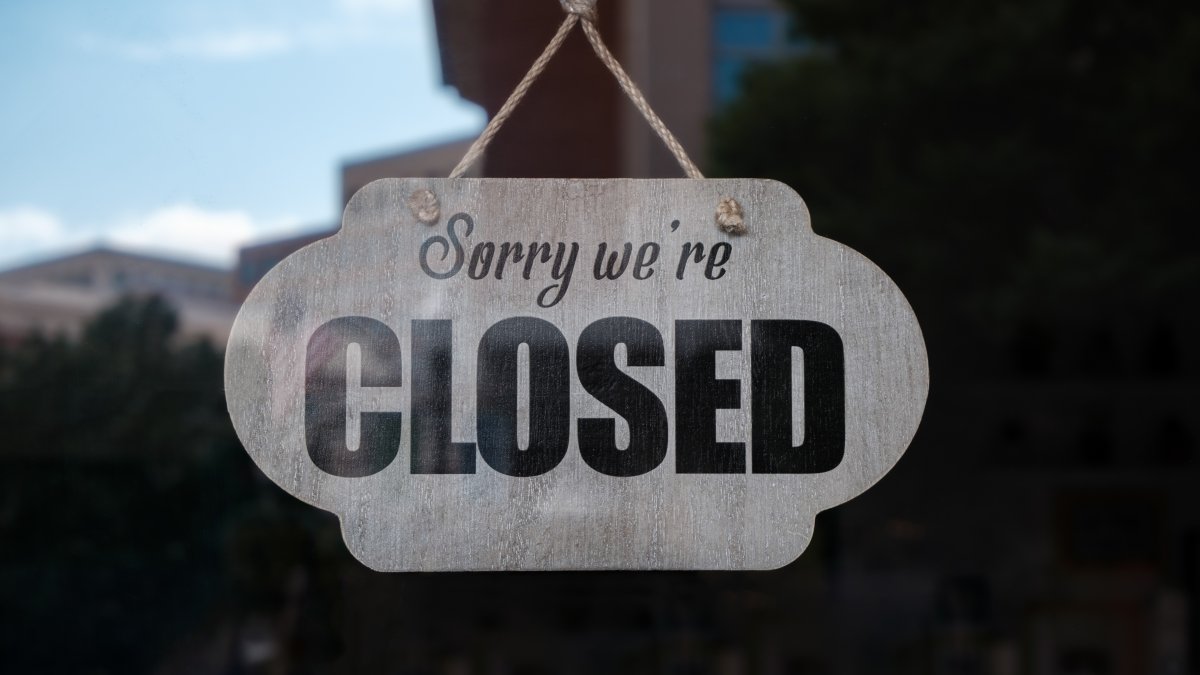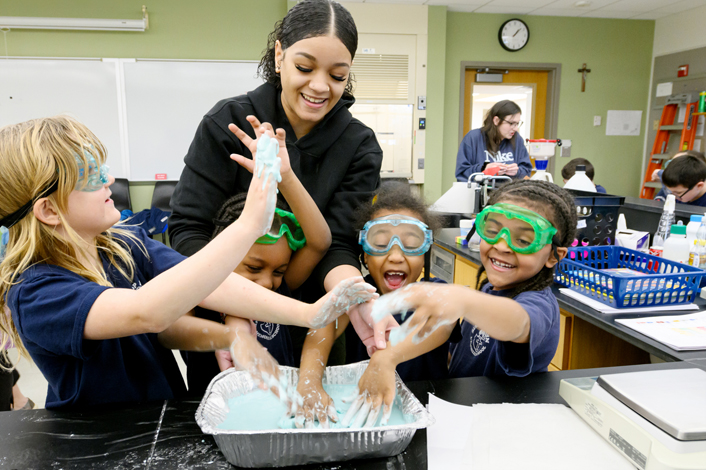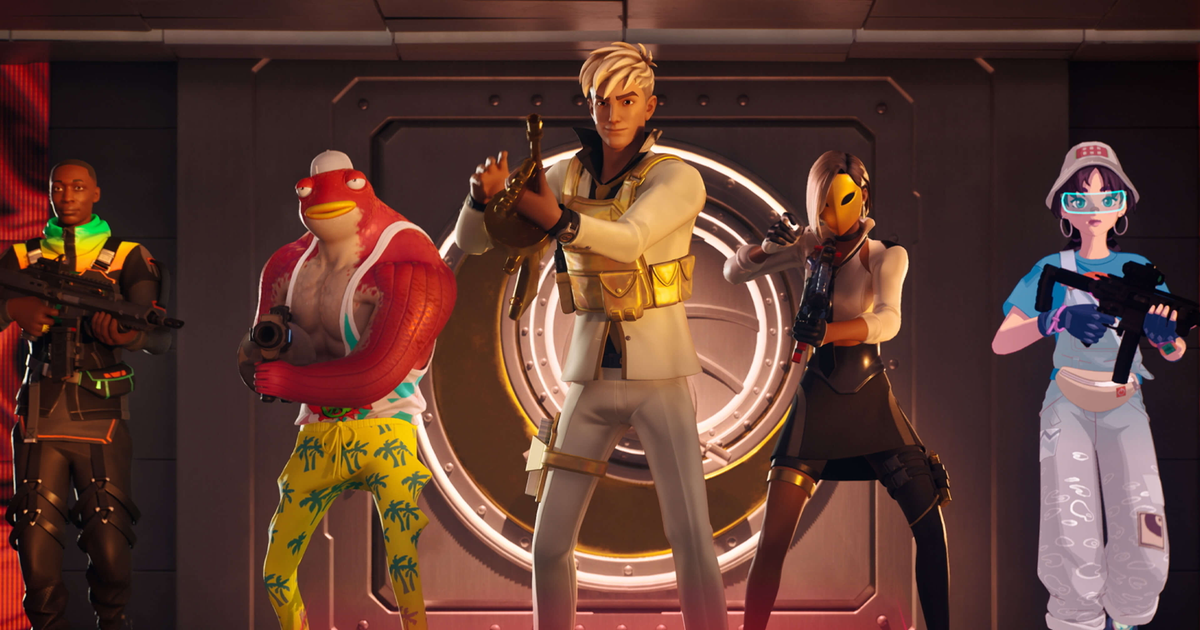Sabiya Sabir, a graduate of the Global Field Program (GFP) from New York, recently had an article published in NSTA’s Connected Science Learning. In the article, Sabir discusses the benefits of organizing community bioblitzes, which are biological surveys that bring together students, teachers, parents, and scientists. By engaging communities in learning about local habitats through web-based citizen science projects like bioblitzes, we can provide scientists and the public with valuable data about the natural world.
Sabir completed her Master of Arts in Teaching (M.A.T.) in Biological Sciences at Miami University through Project Dragonfly’s GFP program. During her studies, she also worked as the Director of Public Programs at a science museum in Bronx, New York. This experience allowed her to gain practical knowledge in the field while pursuing her academic goals.
Through Sabir’s work and research, she has demonstrated the importance of community engagement in scientific endeavors like bioblitzes. By involving people of all ages and backgrounds in these activities, we can foster a greater appreciation for the environment and empower individuals to take an active role in scientific exploration. Sabir’s passion for education and community engagement shines through in her work, inspiring others to get involved in citizen science initiatives.
Sabiya Sabir ’21 is a recent graduate from Project Dragonfly’s Global Field Program (GFP) based in New York City. Her recent publication on NSTA’s Connected Science Learning highlights how educators can organize community bioblitzes to engage communities in learning about local habitats through web-based citizen science projects.
During her studies at Miami University’s MAT program, Sabir worked as Director of Public Programs at a science museum in Bronx where she gained practical knowledge while pursuing her academic goals.
Sabir’s work and research have emphasized the importance of community engagement in scientific endeavors such as bioblitzes which introduce citizen science to communities. By involving people from all walks of life into these activities, we can foster a greater appreciation for nature and empower individuals to take an active role in scientific exploration.
Sabir’s passion for education and community engagement is evident through her work which continues to inspire others to get involved in citizen science initiatives.
In conclusion, organizing community bioblitzes is an excellent way for educators to introduce citizen science into their communities while fostering a greater appreciation for local habitats. Through web-based citizenscience projects like bioblitzes we can collect valuable data about our natural world with the help of passionate individuals who are committed towards this cause



